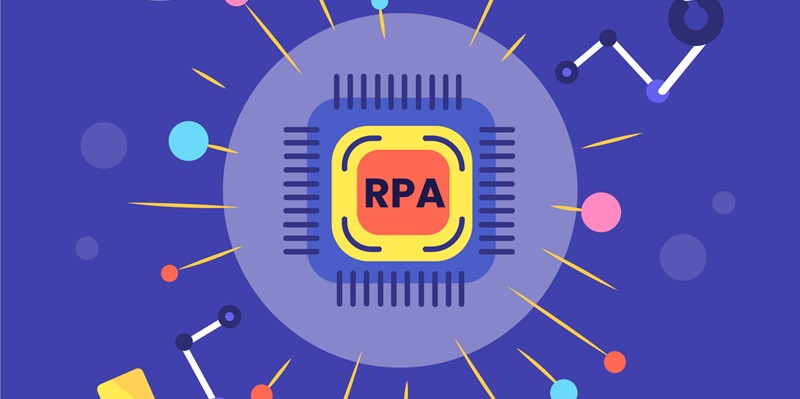In the fast-paced world of banking, efficiency is crucial for success. The emergence of Robotic Process Automation (RPA) has revolutionized banking operations by automating repetitive tasks, streamlining processes, and improving overall efficiency. This article explores the various ways in which RPA is transforming the banking industry and enhancing operational productivity.
The Significance of Efficiency in the Success of Banks
Efficiency plays a pivotal role in determining the success of any bank. With cut-throat competition and increasing customer expectations, banks must find innovative ways to optimize their operations. RPA has proven to be a game-changer in this regard, offering several benefits that significantly enhance efficiency in banking operations.
Providing Continuous Support: RPA Bots Work Around the Clock
One of the key advantages of RPA is its ability to work tirelessly, offering continuous support to banking operations. RPA bots can perform tasks 24/7, reducing reliance on manual labor and increasing operational availability. This uninterrupted workflow ensures smoother operations and faster turnaround times.
Remarkable Speed in Task Processing
RPA bots are known for their remarkable speed and accuracy in processing tasks. They can handle a high volume of transactions quickly and accurately, significantly reducing the time required to complete various banking processes. This increased processing speed enhances operational efficiency and enables banks to serve customers more effectively.
Enhancing the Customer Experience
Efficiency in banking operations translates into a better customer experience. By automating tedious and time-consuming tasks, RPA frees up human employees to focus on more valuable customer interactions. Customers benefit from faster service, shorter waiting times, and improved accuracy, leading to higher levels of satisfaction and increased loyalty.
Ensuring Consistent and Accurate Compliance and Risk Management
Compliance and risk management are critical aspects of banking operations. RPA ensures that tasks related to compliance, such as verifying customer identities and monitoring transactions for fraudulent activities, are carried out consistently and accurately. The automation of these processes eliminates human error and enhances compliance standards, leading to a more secure banking environment.
Use Cases of RPA in Customer Onboarding
RPA can be particularly beneficial in streamlining the customer onboarding process. By automating tasks such as identity verification, data entry, and document processing, RPA accelerates the onboarding process, reducing paperwork and minimizing errors. This not only improves operational efficiency but also enhances the overall customer experience right from the start.
Expedited Loan Processing through Automation
Loan processing is a complex and time-consuming task for banks. RPA can expedite this process by automating document verification, credit checks, and approval workflows. By reducing the manual effort required, RPA enables faster loan processing, thus reducing turnaround times for customers and improving operational efficiency for banks.
Automating Account Reconciliation for Improved Accuracy
Account reconciliation is a critical process for banks to ensure the accuracy of financial records. RPA can automate this process, comparing bank statements, identifying discrepancies, and rectifying them promptly. By reducing the need for manual intervention, RPA improves accuracy, minimizing errors in financial record keeping.
The Future Role of RPA in Risk Management
Risk management is a top priority for banks, and RPA will play a pivotal role in enhancing risk management processes. By leveraging real-time data analysis capabilities, RPA can help banks identify potential risks and take proactive measures to mitigate them. This proactive approach will lead to a more secure banking environment, protecting both the institution and its customers.
Robotic Process Automation is transforming the banking industry by automating tasks, streamlining processes, and improving efficiency. The remarkable speed and accuracy of RPA bots ensure faster service, enhanced compliance, and improved risk management. As banks continue to embrace digitization, RPA will play an increasingly integral role in enhancing operational productivity and delivering an exceptional customer experience. It is clear that RPA is reshaping the future of banking operations for the better.

